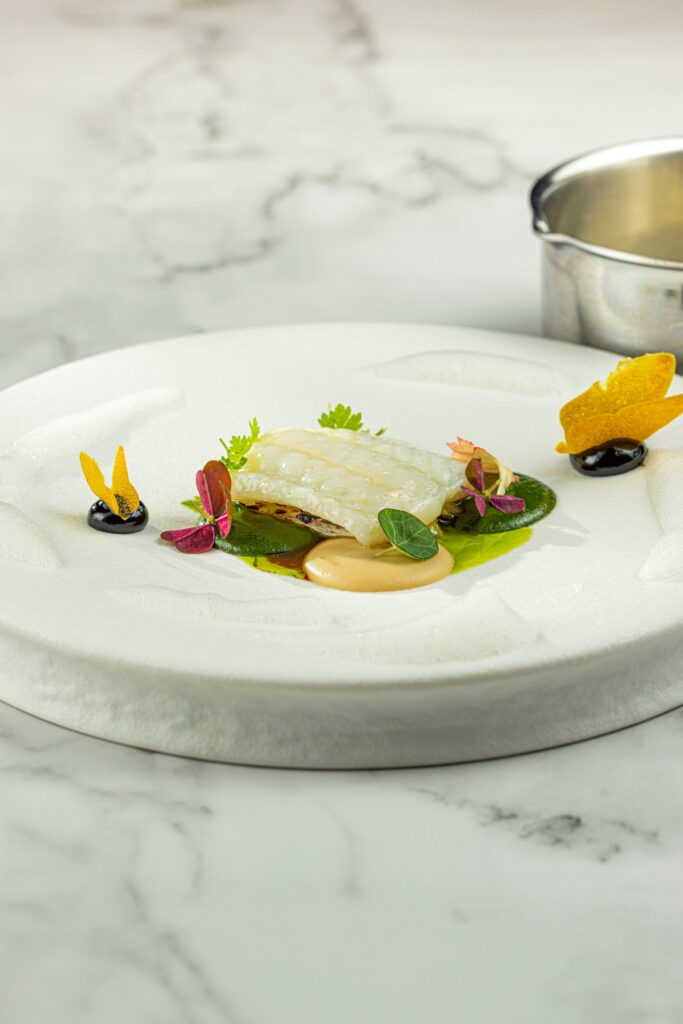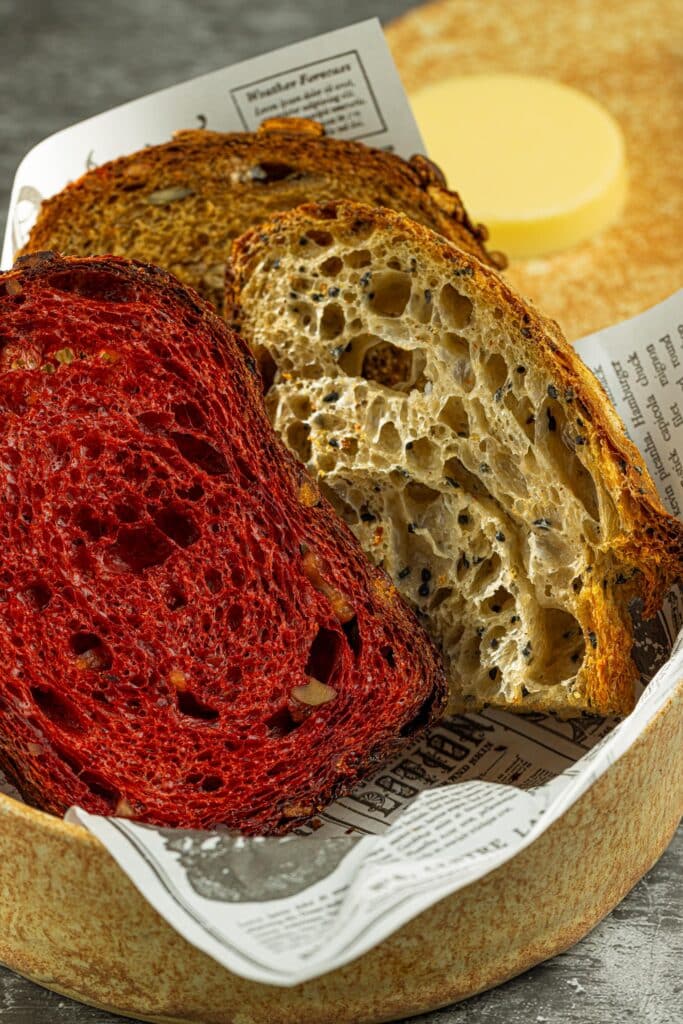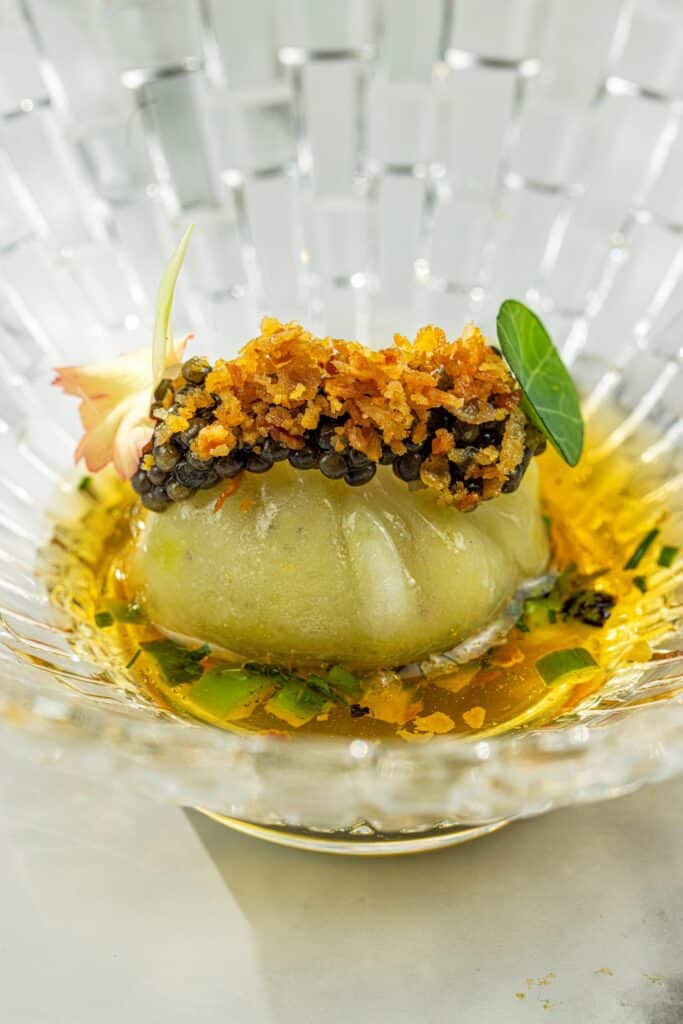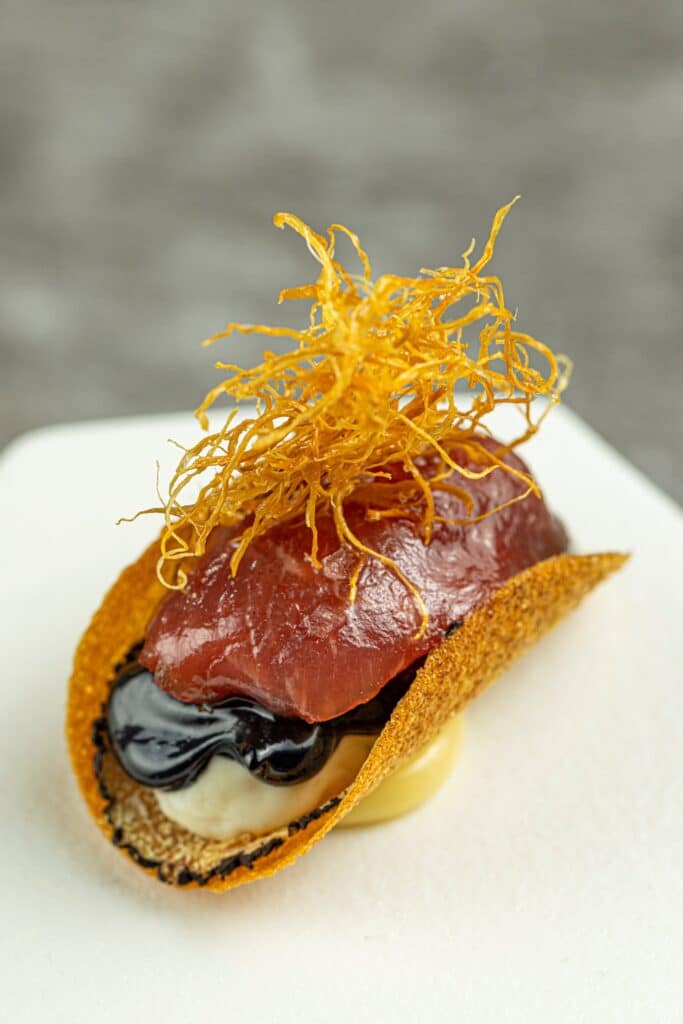The Evolution of Fine Dining in Poland
The development of fine dining in Poland has been a relatively recent phenomenon, gaining significant momentum over the past two decades. While Poland has long enjoyed a rich culinary tradition, the concept of gourmet restaurants—where food is served with meticulous attention to detail, aesthetics, and innovation—has only recently taken center stage. This shift can be seen in the country’s current tally of Michelin-starred establishments, with six awarded restaurants, a modest number compared to culinary giants like France, which boasts 639. In Europe, Italy, Germany, and Spain follow closely behind. On the global stage, Japan comes second after France, with an impressive 387 Michelin-starred restaurants. With a population of nearly 38 million, Poland lags far behind these nations. So, what accounts for this disparity?

Post-Communist Beginnings
Following the fall of communism in the 1990s, Poland began to open its doors to the world. This period saw the emergence of restaurants inspired by Western cuisine and fine dining standards. Although the market was just starting to take shape, the foundation for gourmet dining in Poland was being laid. As Polish chefs gained access to international culinary knowledge, many traveled abroad to countries like France, Italy, Spain, and Scandinavia, honing their skills in prestigious restaurants. Upon their return, they brought back modern culinary techniques and a newfound emphasis on quality ingredients.
According to Marcin Zawadzki, co-owner of NUTA, Poland’s culinary scene has grown significantly over the past decade. “Poland is now a thriving market, attracting international chefs who want to build their careers here,” says Zawadzki. While Michelin stars remain elusive, Zawadzki believes Poland is vastly underappreciated in this regard. Chef Andrea Camastra, originally from Apulia, shares this sentiment. Over the past decade, Camastra has made his mark on the Polish culinary scene, earning Michelin stars and helping to elevate the country’s gastronomic reputation.

The Polish Culinary New Wave
The 2000s ushered in a wave of fine dining establishments, inspired by European and global culinary trends. Pioneers like Wojciech Modest Amaro played a critical role in promoting modern Polish cuisine. In 2013, his restaurant, Atelier Amaro, became the first in Poland to receive a Michelin star, marking a turning point for the country’s fine dining landscape. Following this success, Senses, led by chef Andrea Camastra, earned five consecutive Michelin stars, further cementing Poland’s presence on the international culinary map.
Both of these iconic restaurants have since closed, but their legacy lives on. Amaro now operates Forgotten Farm Fields by Amaro near Warsaw, offering unique dining experiences in a natural setting. Camastra, on the other hand, established NUTA in the heart of Warsaw, where his innovative approach has earned him seven Michelin stars over his career.
Despite his Italian roots, Camastra has embraced Polish cuisine during his 14 years in the country. His dishes, while surprising and inventive, aim to evoke childhood memories and deep-rooted flavors from Polish tradition. For instance, his menu features Polish classics like żurek, pierogi, and even kaszanka (blood sausage), reimagined in unexpected ways. NUTA’s offerings also include chilled soups, pigeon, and puff pastry, all with a modern twist.
In recent years, Polish chefs have begun to rediscover their culinary heritage, elevating traditional dishes to new heights. This movement has inspired a wave of innovation, with chefs reinterpreting classic Polish dishes like żurek, pierogi, and bigos, often using local, seasonal ingredients to create contemporary versions of these staples.

Fine Dining 4.0
As fine dining continues to evolve in Poland, restaurants are increasingly focusing on cutting-edge culinary techniques such as molecular gastronomy and sous-vide cooking. The “farm-to-table” philosophy is also gaining traction, with restaurants forging direct relationships with local farmers and producers to source fresh, seasonal ingredients.
One of the most exciting trends in Polish fine dining is the “note-by-note” cooking technique, championed by Chef Camastra at NUTA. This method involves using pure compounds, extracts, and individual flavor and scent molecules derived from naturally occurring ingredients to craft dishes that are both innovative and delicious. “Without a doubt, culinary programs, bloggers, and food influencers have played a significant role in increasing interest in fine dining among Poles,” says Darek Pawłowski, manager of Michelin-starred NUTA. He adds that culinary festivals like Fine Dining Week and supper clubs have helped popularize the concept, with more people seeking out top-quality dining experiences.
As fine dining in Poland continues to grow, the future looks bright. In the coming years, we can expect to see a rise in high-end restaurants that blend tradition with modernity, along with a greater emphasis on sustainability and collaboration with local suppliers. “Fine dining in Poland has come a long way, from humble beginnings to international recognition,” says Marcin Zawadzki. “In five years, Michelin-starred restaurants in Poland will be counted in the dozens.”

A Culinary Future on the Horizon
Poland’s fine dining journey is far from over. As more chefs return from abroad with new skills and as the country embraces its culinary roots, Poland is poised to make even greater strides on the world stage. With a focus on quality, innovation, and tradition, the Polish gastronomic scene is rapidly becoming one to watch.







